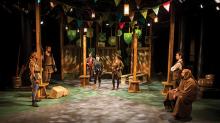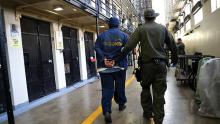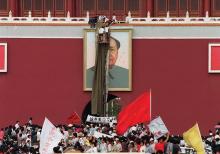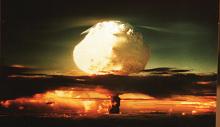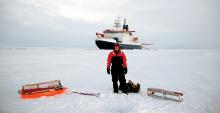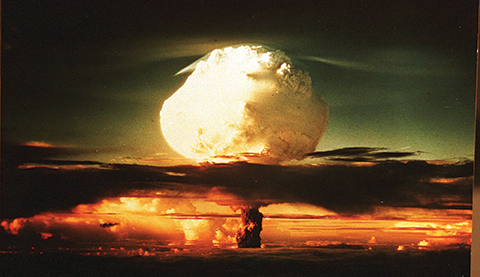
Nuclear counterforce—attacks aimed at destroying a country’s strategic nuclear weapons—has been of interest to researchers and policy makers since the Soviet Union developed the atomic bomb in 1949. Deterrence depends on the major nuclear powers—today, including China—being able to retaliate even after a first strike by another.
Researchers have modeled nuclear scenarios with various levels of success, but a simulation program developed by Chaim Kaufmann, with support from the Stanton Foundation, promises to provide a better teaching and research tool.
Kaufmann, associate professor and chair of international relations, has created a program that allows students and researchers to create nuclear strike scenarios and use data to ask, “What if?” He says it is an improvement on Excel spreadsheets previously used for the purpose.
“I wanted something I could distribute easily at no cost to researchers and teachers at other universities,” says Kaufmann. “The tool allows students to create scenarios and test assumptions in a manner that is not currently available. Students can ask, ‘What if China deploys more mobile ICBMs (intercontinental ballistic missiles)? What if Russia’s ability to patrol with their submarines gets better or worse? What happens if the U.S. develops conventional weapons that are so accurate we don’t need nuclear weapons?’”
The package will come with a set of default data that are widely accepted in the arms control field. Users can then edit data to create customized scenarios. Researchers can change the data to align with their research, while instructors can change the data or allow students to do so. While default data is provided for three countries—United States, Russia and China—the tool can accommodate up to eight countries.
“It will especially be an effective tool for teaching. Should we be worried that technical improvements will make nuclear deterrence more fragile than we thought it was? What we’re trying to provide is more than a set group of numbers you should believe. Students can change the weapons systems, change the terms of arms control treaties.”
Understanding real-world situations is important to experiential learning opportunities in the classroom. As of 2016, it has been 71 years since two major powers were at war with one another, and one of the leading explanations is nuclear deterrence.
“We’ve come to a situation among major powers where war just means everyone dies. Nuclear deterrents rely on major nuclear powers having strong second-strike capability. Even the winner will consider that they’ve lost.”




